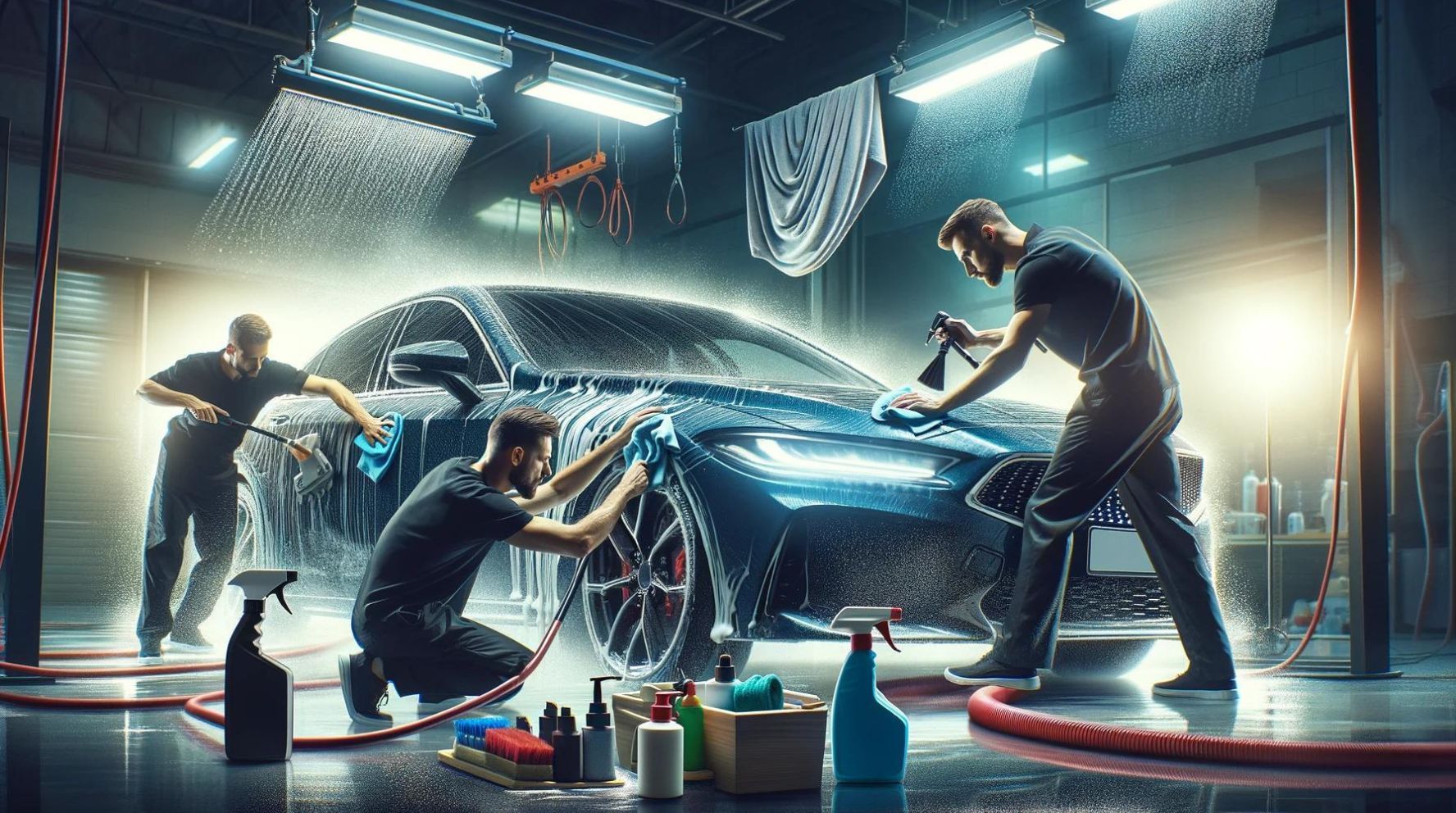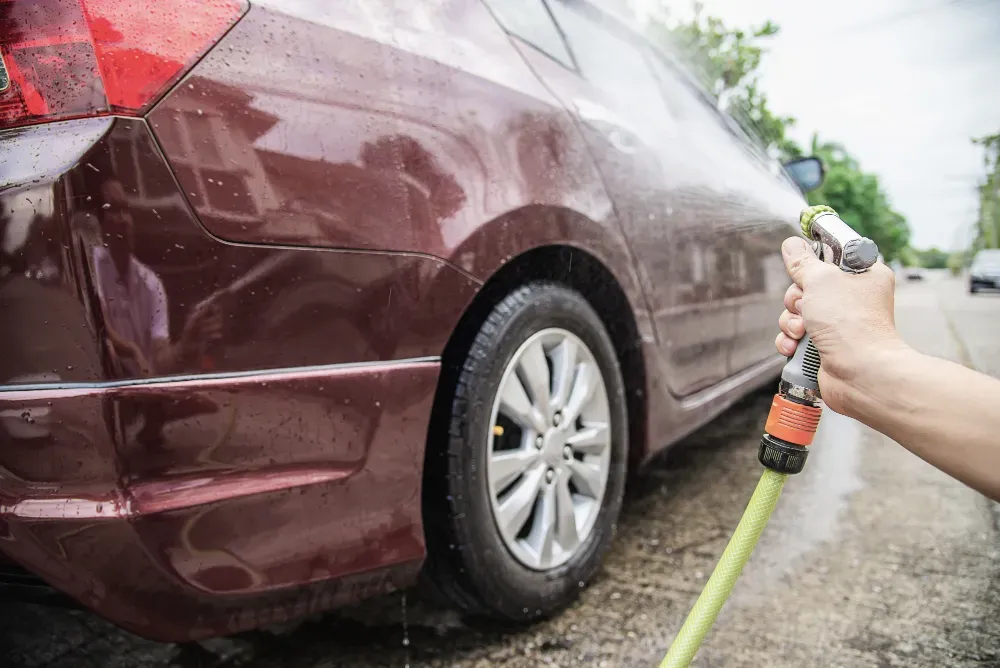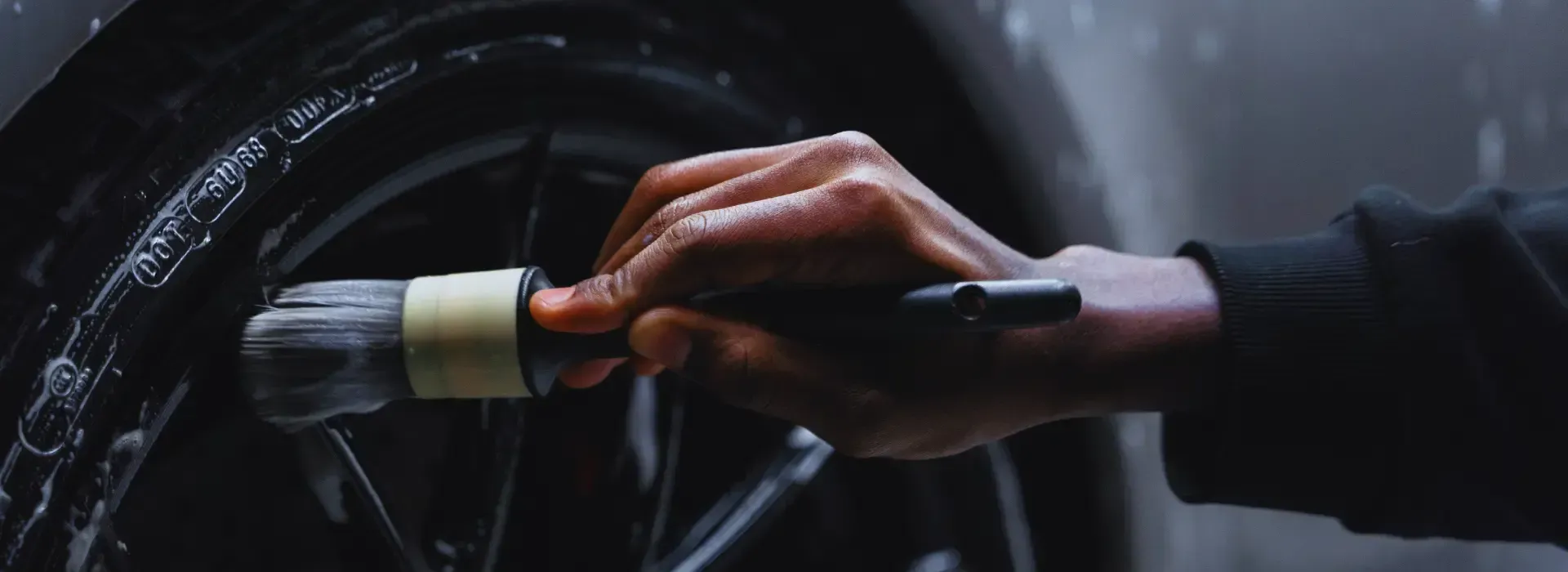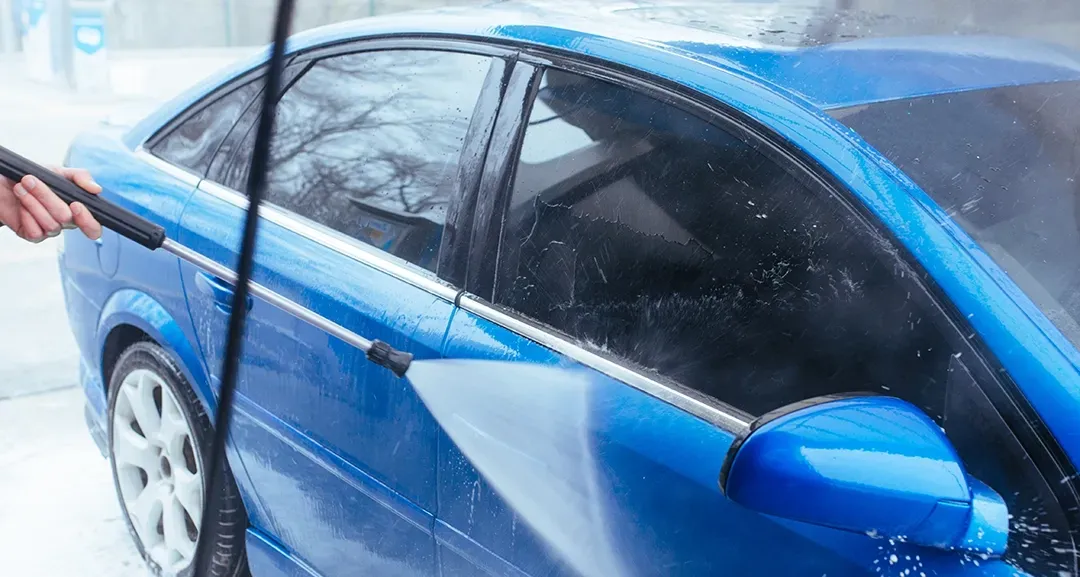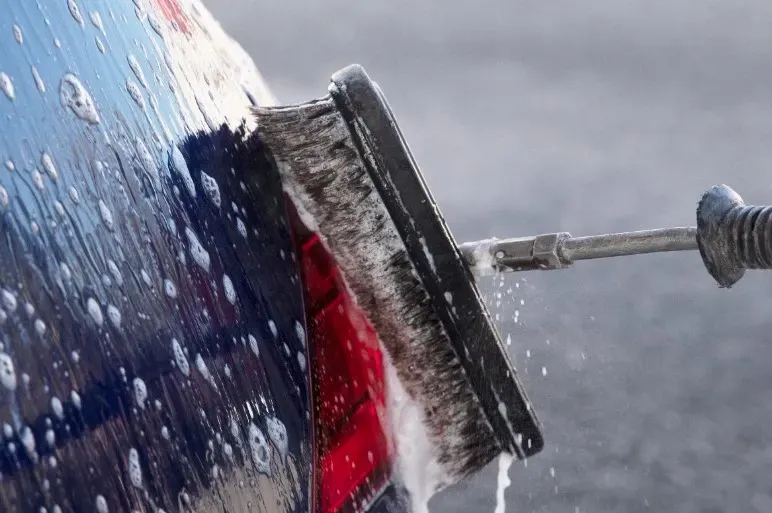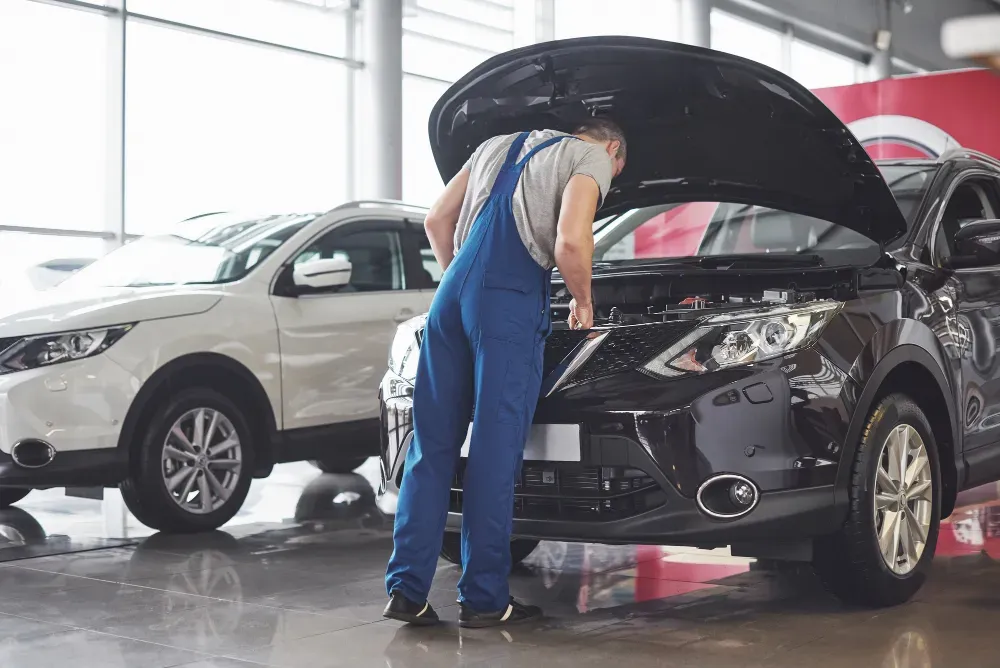Unveiling the Mystery: Decoding Car Paint Scratches Like a Pro
Picture this: It's a beautiful sunny day in Las Vegas, and I'm walking towards my car in the parking lot of the Bellagio. As I get closer, my heart sinks. There it is – a scratch on my car's pristine paint job. But is it a minor blemish or something more serious? How can I tell? If you've ever found yourself in this situation, wondering about the severity of a scratch on your car's paint, you're not alone. In this guide, I'll walk you through everything you need to know about identifying different types of car paint scratches, so you can tackle them like a pro.
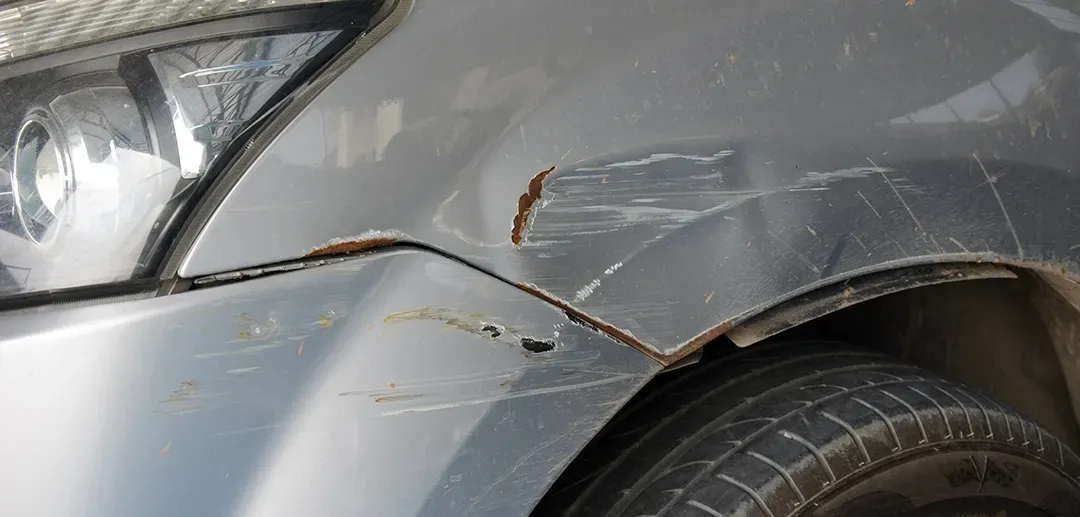
The Basics of Car Paint Layers
Before we dive into the nitty-gritty of scratch identification, it's crucial to understand the layers that make up your car's paint job. Think of it as a delicious cake, with each layer serving a specific purpose:
- Clear coat: This is the topmost layer, like the frosting on our cake. It's transparent and protects the paint underneath while giving your car that showroom shine.
- Base coat: This is where the actual color of your car comes from. It's like the main cake layer, providing that beautiful hue you love.
- Primer: Consider this the foundation of your paint job. It helps the paint adhere better to the metal and provides additional protection.
- Metal body: This is the actual body of your car, the base upon which everything else is built.
Understanding these layers is key to identifying the type and severity of scratches on your car.
Types of Car Paint Scratches
Now that we know the layers, let's look at the three main types of scratches you might encounter:
Clear Coat Scratches
These are the most common and, thankfully, the least severe. They only affect the clear coat layer and don't reach the color coat. Think of them as light scratches on the frosting of our cake – annoying, but not ruining the whole dessert.
Paint Scratches
These go deeper, penetrating the clear coat and reaching the color layer. In our cake analogy, this would be like a cut that goes through the frosting and into the main cake layer. These are more noticeable and require more attention.
Deep Scratches
These are the most severe, going through all layers and reaching the metal body. It's like cutting all the way through our cake to the plate beneath. These scratches often expose bare metal and need immediate attention to prevent rust.
How to Identify Different Scratch Types
Now, let's get our detective hats on and learn how to identify these different types of scratches:
Visual Inspection
Start with a good look at the scratch in bright light. Clear coat scratches often appear white or silvery and may disappear when wet. Paint scratches will show the color of the underlying paint or primer. Deep scratches might reveal the metal beneath.
Touch Test
Gently run your fingernail across the scratch. If your nail doesn't catch, it's likely a clear coat scratch. If it catches slightly, you're probably dealing with a paint scratch. A deep scratch will be very noticeable to your fingernail.
Water Test
This is a simple yet effective test. Spray some water on the scratch. If it disappears or becomes much less visible when wet, it's likely just in the clear coat. If it remains clearly visible when wet, it's deeper.
Common Causes of Car Paint Scratches
Understanding what causes scratches can help you prevent them in the future. Here are some common culprits:
Environmental Factors
- Tree sap
- Bird droppings
- Dust and sand (a particular problem here in Las Vegas!)
- Acid rain
Human-Caused Scratches
- Improper washing techniques (like using a dirty sponge)
- Leaning against the car with rough clothing or jewelry
- Sliding items across the paint surface
Accidental Scratches
- Shopping cart dings
- Car door bumps in parking lots
- Minor fender benders
DIY Scratch Assessment Techniques
Want to play auto detective? Here are some DIY techniques you can use to assess scratches:
The Fingernail Test
We mentioned this earlier, but it's worth repeating. Run your fingernail across the scratch. If it doesn't catch, it's likely just in the clear coat. If it catches, it's deeper.
The Coin Test
Gently drag the edge of a coin across the scratch at a 45-degree angle. If the coin skips or jumps, the scratch is likely deep.
The Flashlight Method
In a dark area, shine a flashlight across the surface of the scratch at an angle. This can help reveal the depth and extent of the scratch.
Professional Scratch Assessment Tools
While DIY methods are great, sometimes you need more precise tools. Here are some professional-grade options:
Paint Depth Gauge
This tool measures the thickness of your car's paint layers. It can help determine how much clear coat or paint is left and whether it's safe to buff out a scratch.
Scratch Depth Gauge
This specialized tool measures the exact depth of a scratch, helping to determine which layer it penetrates.
Digital Microscope
For really precise examination, a digital microscope can reveal the true nature of a scratch, showing you exactly which layers are affected.
Scratch Repair Options Based on Type
Now that you've identified your scratch, what can you do about it?
Clear Coat Scratch Repair
These can often be fixed with some polishing compound and elbow grease. A good mobile car wash service can usually handle these for you.
Paint Scratch Repair
These might require touch-up paint and some careful blending. While DIY kits are available, getting professional help often yields better results.
Deep Scratch Repair
For these serious scratches, it's best to seek professional help. They may need to sand, fill, repaint, and blend the affected area.
When to DIY vs. Seek Professional Help
Deciding whether to tackle a scratch yourself or call in the pros depends on a few factors:
Assessing Your Skills
Be honest with yourself. Do you have the patience and steady hand for delicate paint work?
Considering the Scratch Severity
Clear coat scratches are often DIY-friendly. Deeper scratches usually require professional expertise.
Weighing the Costs
Sometimes, the cost of DIY materials and the risk of making a mistake outweigh the cost of professional repair.
Preventing Future Scratches
An ounce of prevention is worth a pound of cure, especially when it comes to car paint. Here's how to keep your ride looking sharp:
Regular Washing and Waxing
Keeping your car clean and waxed provides a protective barrier against scratches. Just make sure you're using proper car washing techniques!
Protective Coatings
Consider investing in a ceramic coating or paint protection film. These provide an extra layer of defense against scratches and other damage.
Mindful Parking Habits
Park away from other cars when possible, and be careful when opening your doors in tight spaces.
The Impact of Las Vegas Climate on Car Paint
Living in Las Vegas, we face some unique challenges when it comes to car paint protection:
Sun Damage
Our intense sun can fade and damage car paint over time. Regular waxing and parking in shaded areas can help.
Dust and Sand Effects
The desert environment means lots of tiny particles that can scratch your paint. Regular washing is key.
Temperature Fluctuations
Extreme heat and rapid cooling can stress your car's paint. A garage or car cover can provide protection.
Local Resources for Car Paint Care in Las Vegas
Fortunately, Las Vegas has plenty of resources for keeping your car looking great:
Auto Detailing Services
From basic washes to full paint correction, there are many options. Our team at Mobile Car Wash Summerlin Las Vegas specializes in convenient, high-quality car care.
Paint Protection Specialists
Several local businesses offer ceramic coating and paint protection film installation.
DIY Car Care Supplies
For the home detailer, numerous auto parts stores and detailing supply shops in the area carry everything you need.
Conclusion
Understanding and identifying car paint scratches doesn't have to be a mystery. With the knowledge you've gained from this guide, you're well-equipped to assess any scratches you might encounter and make informed decisions about repair. Remember, regular care and mindful habits go a long way in preventing scratches in the first place. And when in doubt, don't hesitate to reach out to professionals for advice or assistance.
Key Takeaways
- Car paint has multiple layers: clear coat, base coat, primer, and metal body
- There are three main types of scratches: clear coat, paint, and deep scratches
- Visual inspection, touch tests, and water tests can help identify scratch types
- DIY repair is possible for minor scratches, but deep scratches need professional help
- Regular care and protective measures can prevent many scratches
- Las Vegas's climate presents unique challenges for car paint protection
FAQs
- Q: Can all scratches be buffed out? A: No, only scratches in the clear coat can typically be buffed out. Deeper scratches require more extensive repair.
- Q: How often should I wax my car to prevent scratches? A: In Las Vegas's harsh climate, waxing every 3-4 months is a good rule of thumb.
- Q: Is it worth fixing a small scratch? A: Yes, even small scratches can lead to rust if left untreated, especially in deeper scratches.
- Q: Can I use household items to remove scratches? A: While some household items like toothpaste can minimally help with very light scratches, it's best to use products specifically designed for car paint.
- Q: How much does professional scratch repair typically cost? A: Costs can vary widely depending on the severity of the scratch, from $50-$100 for light scratches to $500 or more for deep scratches requiring repainting.
Remember, your car is more than just a mode of transportation – it's an investment. Keeping its paint in top condition not only maintains its appearance but also its value. So the next time you spot a scratch, you'll know exactly what you're dealing with and how to handle it. Happy driving, Las Vegas!
